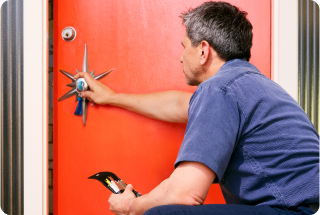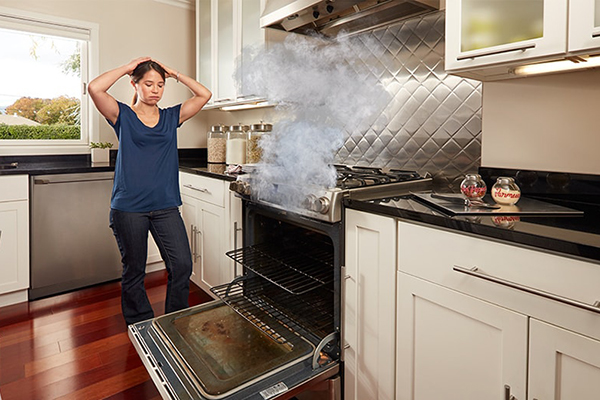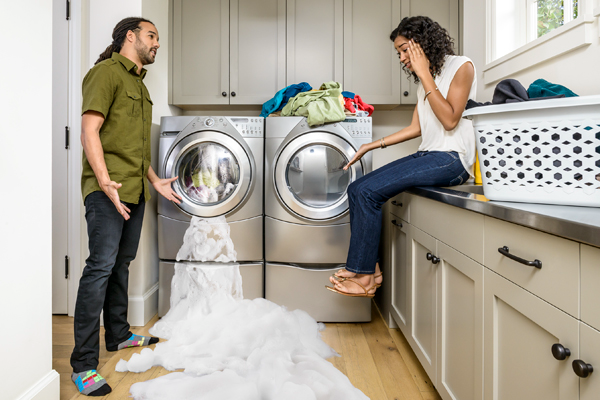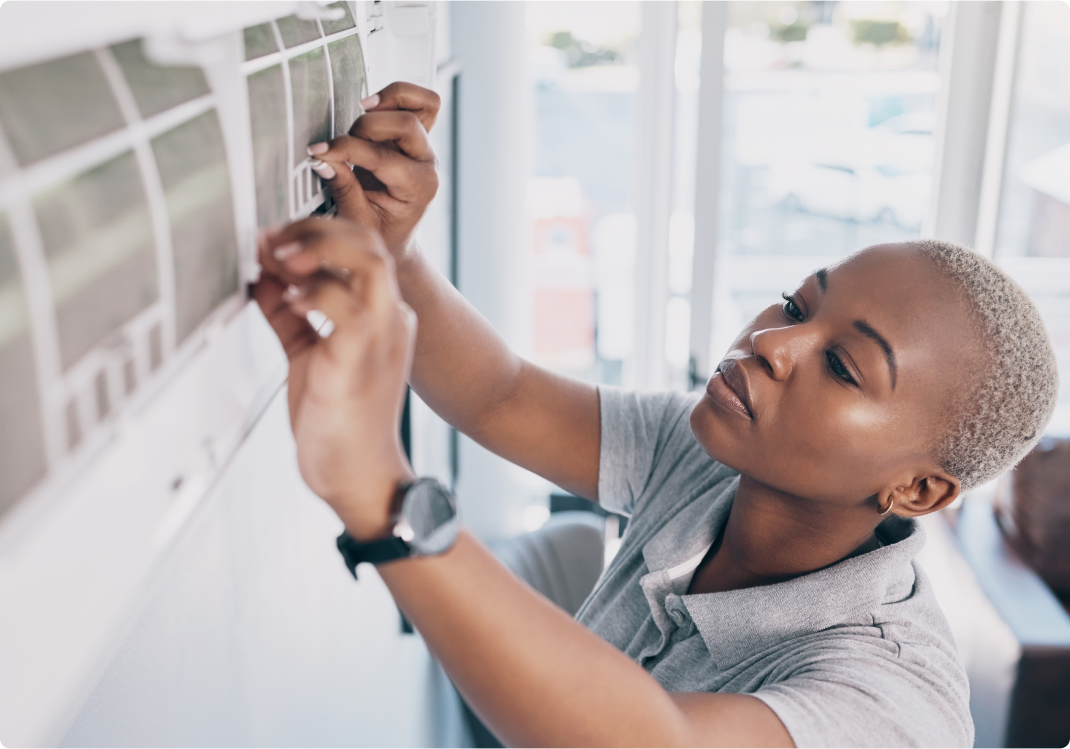Your Guide for Every Phase of the Move
Luckily we have a step-by-step, moving checklist to set you up for a worry free move. If done right, moving doesn’t have to be one of life’s top stressors!
Phase 1: Pre-Move Checklist
1. Create a Budget
Depending on how much you like to DIY, moving day can become a major investment. According to This Old House, for a typical long-distance move, the average cost is around $4,895 for a 2-3 bedroom home.
You’ll need to consider the following for your moving list:
- Hiring a moving company
- Renting a moving truck
- Purchasing boxes, bubble wrap for breakables, packing tape, bungee cords, rope, and any other moving supplies you may need
- Whether you’ll need to take off work
Your budget determines how much professional support you can afford. A moving company, for example, comes with its own crew and equipment, and its team of professionals can quickly move heavy furniture without damaging property. But just remember, that level of talent, experience, and involvement can come with a hefty price tag.
2. Find A Moving Service
If you can afford to hire a moving company, great! Now it’s time to find the right one. As you work on your moving packing list and vet professional moving companies, keep these points in mind:
- Reviews: How have their past customers felt about their work?
- Insurance: Is the moving company covered in case they accidentally break or lose your property?
- Schedule: Is your favorite moving company available on the day you’d like to move?
Or, talk to your friends and family: A move is when you find out who your real friends are. A day-long move is physically draining, so it’s often rewarded with pizza and beverages as a way to say thanks. If you can’t afford a moving company, talk to your closest friends and family members about giving you a hand on your big day.
3. Reserve a Storage Unit
When moving from one house to another, a storage unit can be a terrific temporary holding space to store excess clutter or furniture until you figure out exactly what you’d like to do with it. Some storage options include self-storage, portable containers, full-service storage, or climate-controlled units. Average costs vary, but homeowners can expect to spend between $100 and $300 per month for a storage unit.
4. Book A Rental Truck
If you can’t afford a moving company and you don’t have a truck or van, you might want to opt for a moving truck. As a general rule, truck rental companies recommend:
- Moving From a Studio Apartment: - A cargo van
- Moving From 1-2 Bedrooms: - 15-foot truck
- Moving From 2-3 Bedrooms: - 20-foot truck
- Moving From 4+ Bedrooms: - 26-foot truck
Even if you follow the right recommendations, you may still need to take a couple of trips, so be sure to plan accordingly.
5. Get Moving Supplies
Don’t get caught unprepared for your move! Some helpful supplies to add to your moving list include:
- Cardboard boxes
- Bubble wrap
- Packing tape
- Markers
- A hand truck or dolly
- Rope
- Bungee cords
6. Pack Up Your Belongings
This may seem like an obvious step, but it’s a big one! Start by decluttering and sorting your belongings, deciding what to keep, donate, or discard. Pack up items using the moving supplies list from step 6, listed above. Try to sort specific item categories by box, and label everything, including the room destination in your new home.
7. If You Have Kids, Discuss the Move With Them
- A new school
- A new bus route
- A new neighborhood
- The challenge of making new friends
That’s a big deal when you’re a little kid. Talk to them about the changes they can expect, and drive them through the neighborhood beforehand to get them acquainted with the new area. You could even designate a go-to store or a great park nearby!
8. Prepare to Move Your Pets
As stressful as a move can be for your kids, it can also be difficult for your pets. Ideally, you’ll want to have someone familiar look after these important little family members until you can properly care for them again. Alternatively, consider finding a reputable pet boarding facility where your pets can stay safe and well-cared for during the move.
If you’re moving across the country, the logistics become more complex. For long-distance moves, especially flying, you have the option of having your pets fly with you in the cabin or as cargo, depending on their size and the airline’s policies.
Another option is having a pet relocation service handle the transportation of your little loved ones. These services can provide peace of mind by managing all aspects of an animal’s journey, from pickup to delivery, ensuring your pets travel safely and comfortably to your new home.
9. Forward Your Mail
Once the move is official, you’ll need to update your address with your bank, employer, and other institutions (we’ll get more into that later). If nothing else, talk to the post office about having your mail forwarded from your old address to your new one, starting on your moving day.
10. Plan For Utilities
To ensure a smooth transition and minimize disruptions during your move, you’ll have to transfer or turn off utilities in your old home and set up utilities in your new home.
Transferring Utilities from Your Old Home:
- Notify Current Providers: Inform your current utility providers of your move and provide them with your move-out date.
- Schedule Shut-Off Dates: Arrange for utilities to be disconnected the day after your move to ensure you have essential services while packing and loading.
- Settle Final Bills: Ensure that all outstanding bills are paid and provide a forwarding address for any final invoices or refunds.
- Document Readings: Take photos of utility meters on your last day to verify final readings in case of discrepancies
Setting Up Utilities in Your New Home:
- Research Providers: Identify the utility providers for electricity, gas, water, internet, and trash collection in your new area.
- Schedule Installations: Contact each provider to set up accounts and schedule installation or activation dates, ideally a few weeks before your move-in date to ensure everything is ready when you arrive.
- Budget for Deposits: Some providers may require a deposit for new accounts, so be prepared for these potential costs.
- Confirm Service Start Dates: Double-check that the start dates align with your move-in date to avoid any gaps in service




